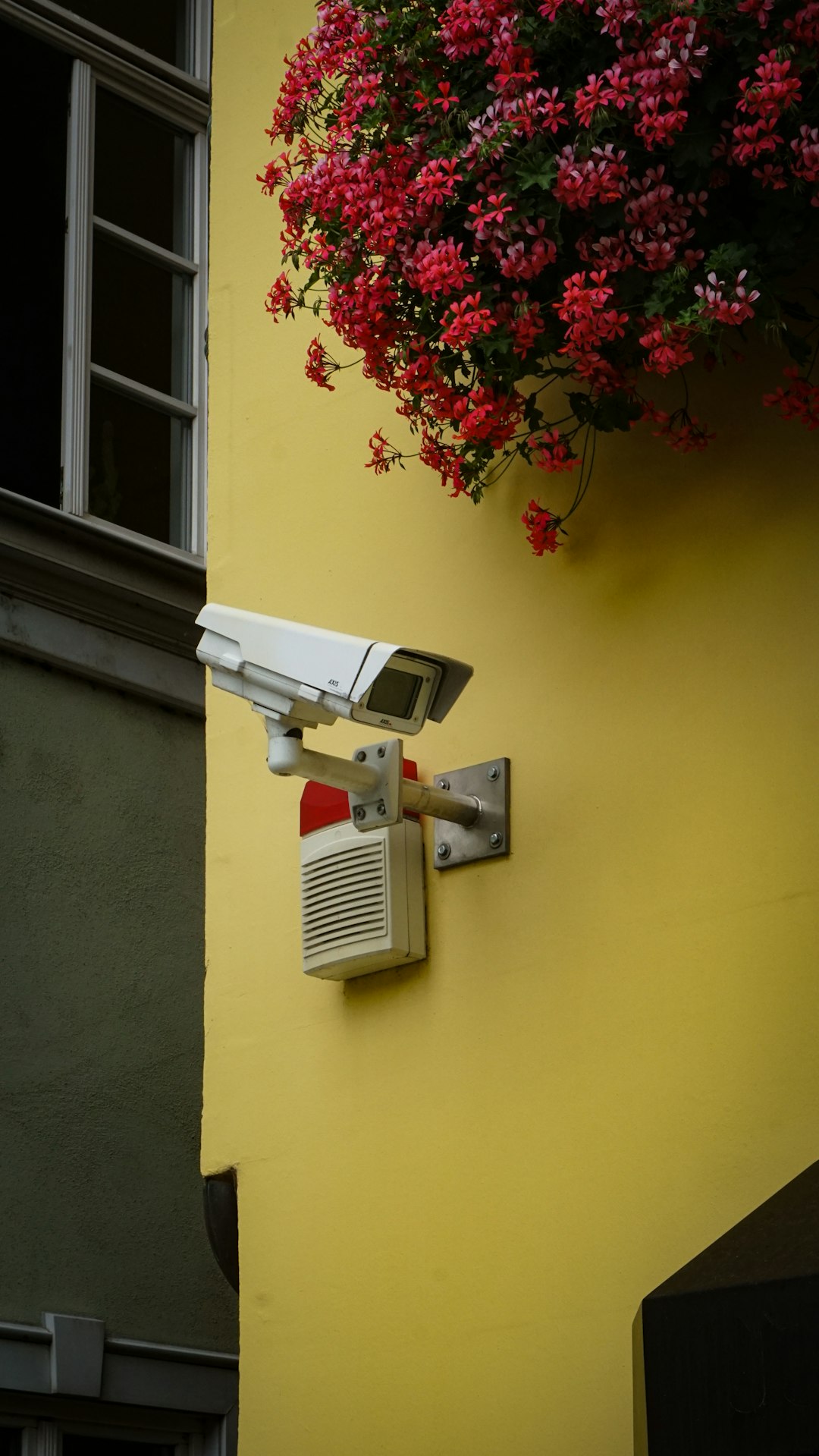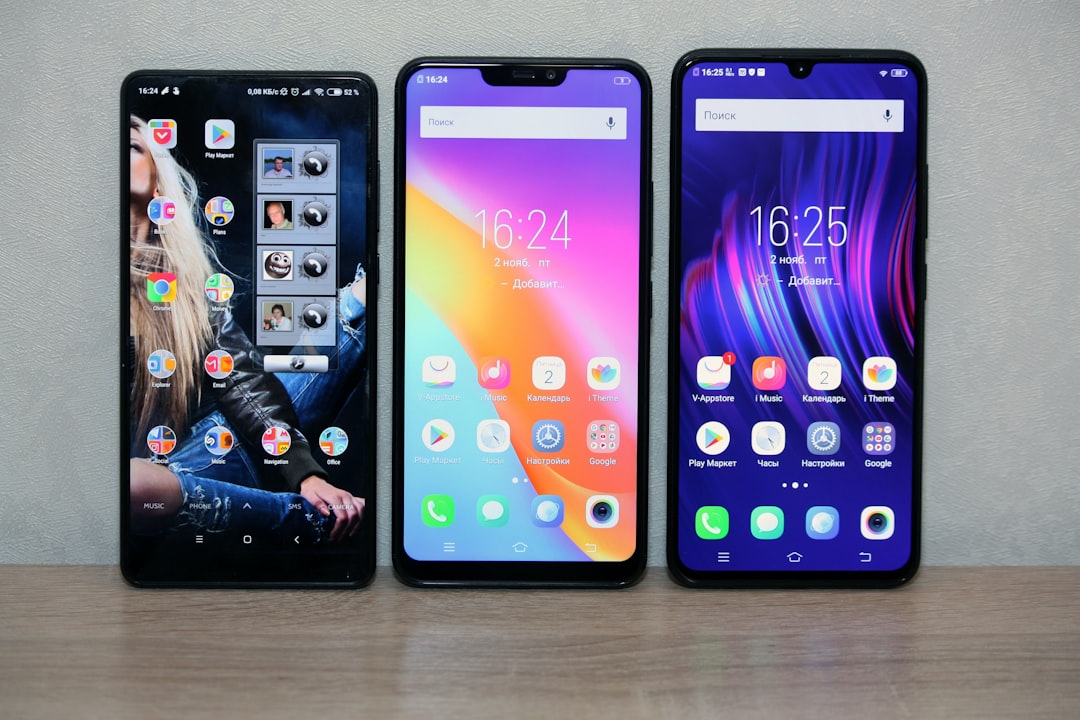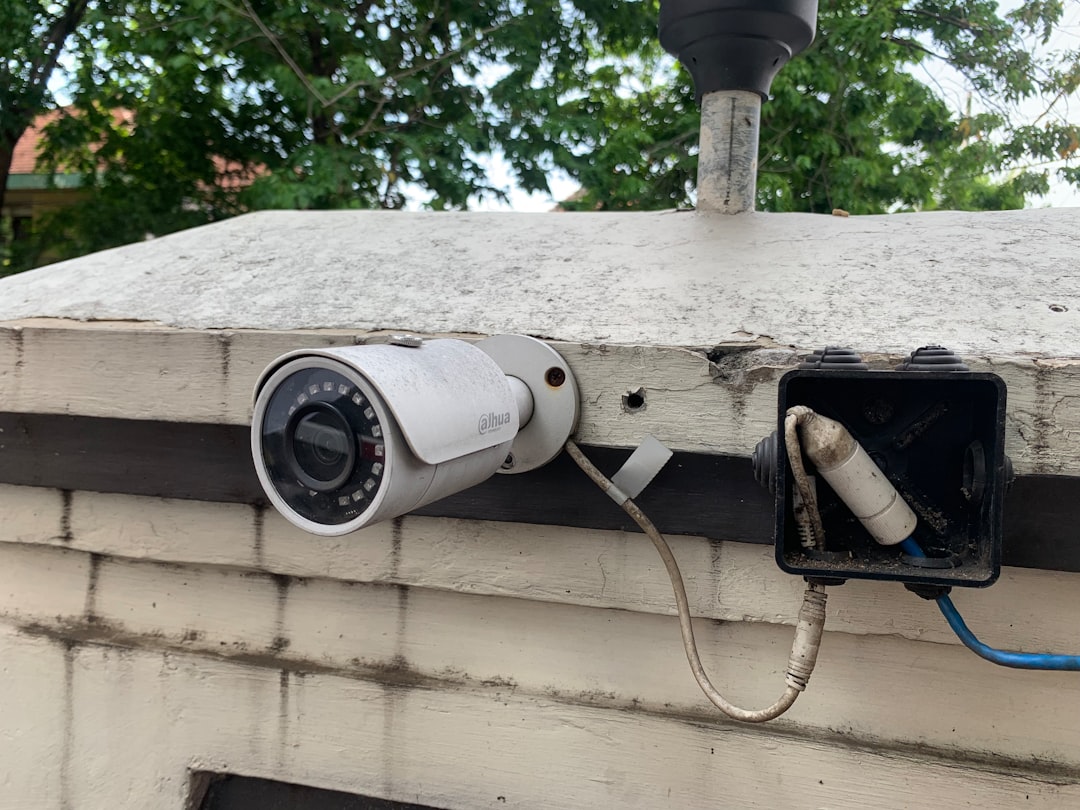Security cameras are quickly becoming a staple in modern homes, offering peace of mind and an extra layer of protection. However, with their growing popularity comes a growing concern — privacy. When it comes to monitoring indoor or outdoor spaces, there’s a delicate balance between security and respecting personal boundaries. That’s where the concept of home camera privacy zones comes into play. If you’ve installed security cameras or are considering it, understanding privacy zones is essential for responsible and respectful surveillance.
What Are Privacy Zones?
Privacy zones, also known as masking zones or privacy masks, are digital boundaries that users can set within a camera’s field of view to block or blur specific areas from being recorded. These zones ensure that certain parts of the camera frame remain private, even if they fall within the surveillance range.
This feature is key to complying with local and national laws regarding video recording, and it also helps maintain the privacy of those who might unintentionally fall within a camera’s scope — including neighbors, pedestrians, or even family members in shared spaces.

Why Privacy Zones Matter
Imagine you have a security camera pointing toward your driveway, but it also captures your neighbor’s yard or the inside of a nearby window. Not only could this breach someone else’s privacy, but you might also run afoul of privacy regulations depending on where you live.
Some of the primary reasons to use privacy zones include:
- Legal compliance: In many areas, it’s illegal to record footage of private property that isn’t your own.
- Respect for others: Ensures that neighbors and visitors don’t unknowingly appear on your footage.
- Reducing data clutter: Helps you focus only on areas that are truly relevant to your security needs.
- Avoiding false alarms: Eliminates unnecessary notifications triggered by movement outside your area of concern.
How Privacy Zones Work
Privacy zones are typically configured through your camera’s mobile app or desktop software. Once you access the settings, you’ll usually find an option labeled something like “Privacy Zones,” “Masking Areas,” or “Exclusion Zones.” Here, you can draw or select the portion of the video feed you want excluded.
When a privacy zone is active, even though motion might occur in that section, the camera will not record video, take snapshots, or alert you to movement in that area. The screen may display a blacked-out or blurred box over the privacy zone to indicate it’s masked.

Where to Set Privacy Zones
Setting privacy zones isn’t just about hiding random parts of the video. You should thoughtfully consider:
- Windows and doors: Especially those that look into areas people consider private inside your home or someone else’s.
- Neighboring property: Be mindful of shared property lines, windows, or yards visible from outdoor cameras.
- Public walkways: Avoid capturing incidental foot traffic that doesn’t pertain to your property.
- Children’s areas: Playrooms or bedrooms may be sensitive areas better left unmonitored depending on context.
Real-World Applications
Let’s take some common scenarios to illustrate how privacy zones can be valuable:
1. Front Yard Surveillance
You want to monitor package deliveries and activity on your porch. However, your camera partially captures your neighbor’s window across the street. A privacy zone can mask the window while still allowing you to track motion and recordings on your immediate walkway.
2. Backyard Coverage
If your backyard camera captures your patio and part of your neighbor’s swimming pool area, a privacy mask ensures you’re not violating their privacy — or facing potential complaints.
3. Indoor Cameras
Cameras placed in communal areas like living rooms can be set to ignore private doors (e.g., guest room, bathroom) which may be frequently in use by others who don’t wish to be recorded.
Compatibility with Motion Detection
One major advantage of privacy zones is their integration with modern motion detection systems. Most contemporary home security cameras use AI or pattern analysis to track movement. When you establish a privacy mask, smart algorithms will ignore activity in those regions, helping reduce:
- Unnecessary recordings caused by cars passing on a nearby road
- Motion alerts triggered by animals or pedestrians outside the intended area
- Storage usage on cloud or local devices
This ensures that your camera only triggers alerts when something significant happens in your designated surveillance area.
Privacy Zones vs Motion Zones
It’s easy to confuse privacy zones with motion detection zones — but they serve different purposes:
- Privacy Zones: Block certain areas from ever being recorded or monitored.
- Motion Zones: Highlight areas where motion detection should be more or less sensitive.
Both features work best in tandem. For example, you might use a motion zone to focus on your garage door while establishing privacy zones for nearby houses or pathways.
Best Practices When Using Privacy Zones
To get the most out of this technology while maintaining ethical and legal standards, consider these best practices:
- Know the law: Familiarize yourself with local privacy and surveillance laws. In some regions, there are penalties for capturing footage of non-consenting individuals.
- Test visibility: Periodically review your live feeds to ensure masked areas remain excluded and that no updates have changed your settings.
- Be transparent: If your cameras are outdoors and might be noticeable to others, consider putting up signage indicating that the area is under surveillance.
- Regular updates: Camera firmware often updates features or changes privacy settings, so be sure to revisit your configurations after any updates.
Privacy Zones and Cloud Storage
Another important aspect involves how privacy zones interact with cloud-based storage. Some users fear that footage may still be uploaded to the cloud regardless of masking. Reputable camera brands ensure that masked regions are never captured or even transmitted off-device. But it’s always best to read your security provider’s data policy closely.
Brands That Support Privacy Zones
Several leading home security camera manufacturers offer robust privacy zone features. Here are a few examples:
- Arlo: Allows custom privacy zones and offers easy drag-and-drop configuration.
- Ring: Offers privacy masking designed for legal compliance and neighborhood harmony.
- Google Nest: Provides both privacy zones and customizable activity zones to help fine-tune monitoring.
- Reolink: Supports up to four privacy masks with strong configuration options.

Conclusion
As smart home devices become more integrated into everyday life, it’s crucial to manage them with intention and consideration for privacy. Home camera privacy zones are a powerful tool not only for protecting your own security but also for safeguarding the privacy of others. Whether you’re monitoring packages on your doorstep or keeping a watchful eye on your backyard, privacy zones let you control what your camera sees — and just as importantly, what it doesn’t.
By leveraging this often-overlooked feature, you ensure your security practices are both effective and respectful. So the next time you log into your camera’s settings, take a minute to explore privacy zones — you might be surprised at how much control is at your fingertips.
